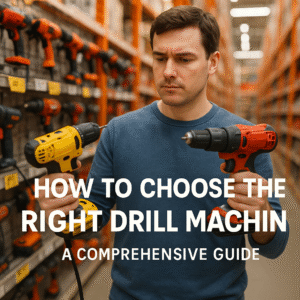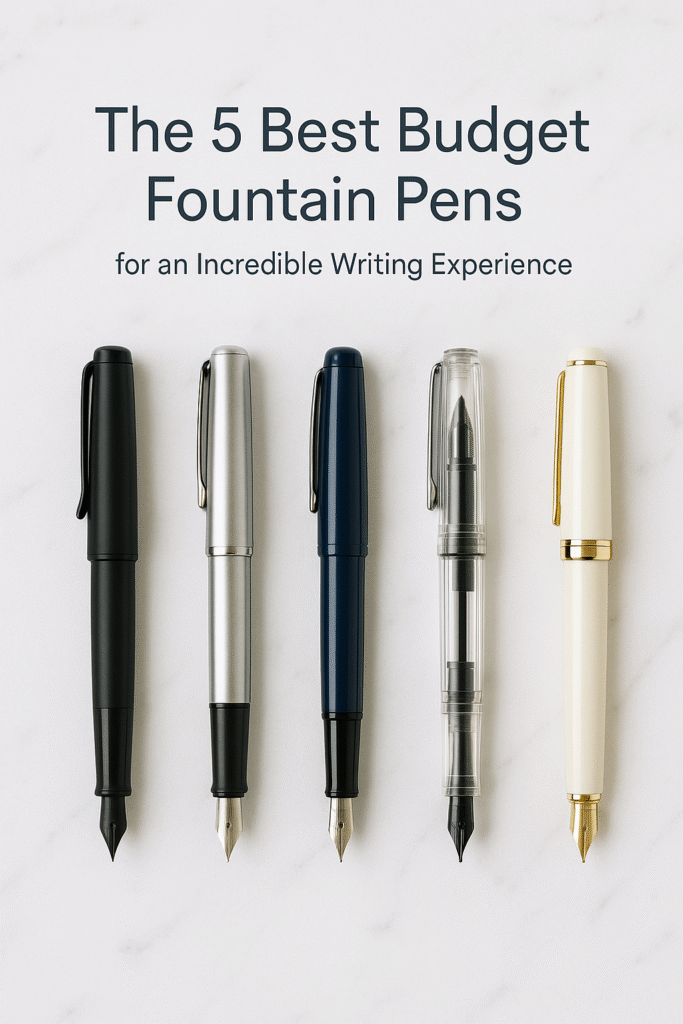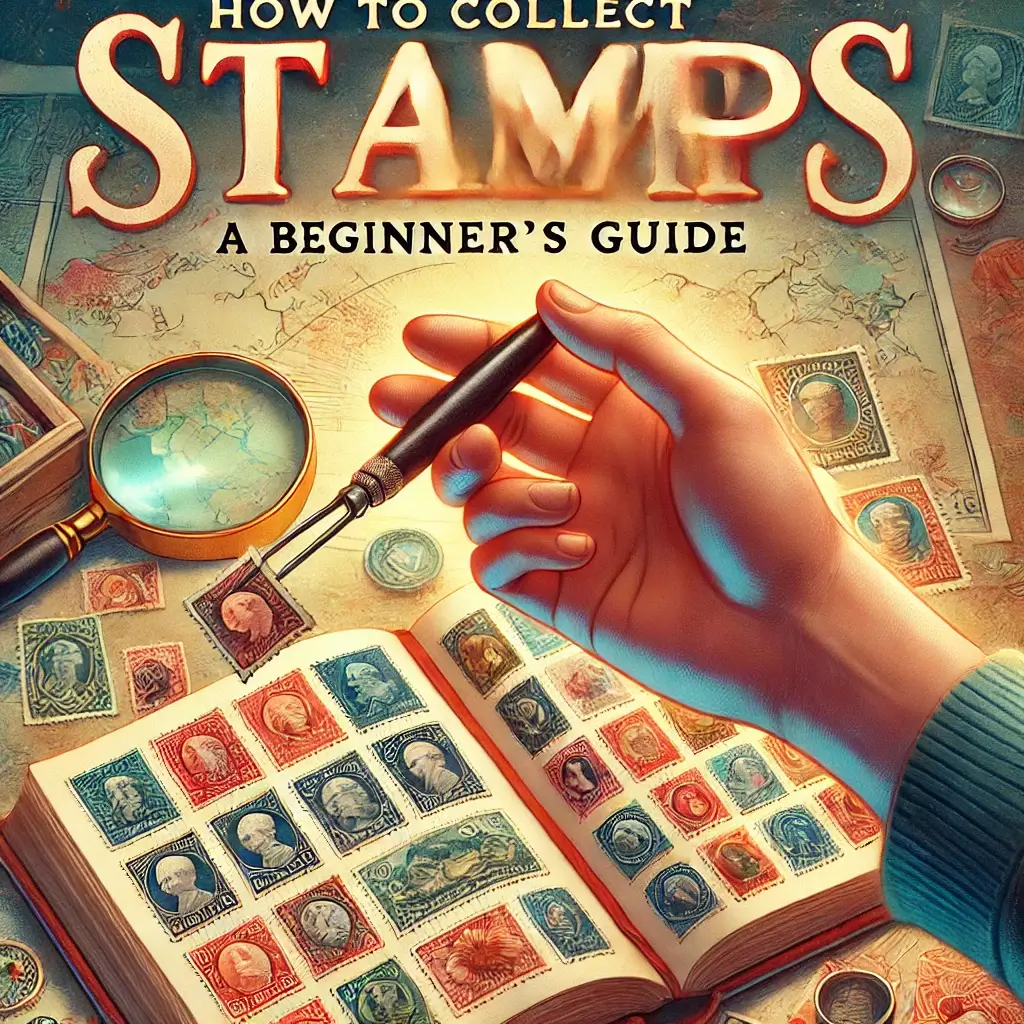How to Choose the Right Drill Machine: A Comprehensive Guide
You’ve been there. Standing in the tool aisle of a home improvement store, staring at a wall of drills. Yellow, red, blue, green. 12V, 20V MAX, 8-Amp. Hammer drill, impact driver, drill/driver. The sheer number of options is enough to make your head spin. It feels less like a shopping trip and more like a pop quiz you didn’t study for.
Let’s clear the air: a drill is arguably the most important power tool you will ever own. It’s the cornerstone of DIY projects, home repairs, and professional construction. Choosing the right one is the first step to success. Choosing the wrong one is a fast track to frustration, stripped screws, and stalled projects.
This is your ultimate, no-nonsense guide. We will walk you through a simple, step-by-step process to find the perfect drill for you. By the time you’re done reading, you’ll be able to confidently select a drill that not only meets your needs but also feels like an extension of your own hand.
Step 1: The First Big Decision — Corded vs. Cordless?
Before you even think about brands or features, you need to decide on your power source. This is the most fundamental choice, and it dictates everything that follows.
The Case for Cordless Drills: The Freedom Fighters
Powered by rechargeable battery packs, cordless drills offer unparalleled freedom and convenience. They are the go-to choice for the vast majority of users today, and for good reason.
- Ultimate Portability: Work anywhere, from the top of a ladder to the back of your yard, without being tethered to an outlet.
- Convenience: Grab it and go. Perfect for quick jobs where dragging out an extension cord would take longer than the task itself.
- Rapidly Improving Technology: Modern brushless motors and advanced lithium-ion batteries mean today’s cordless drills are more powerful than many corded drills from a decade ago.
The Case for Corded Drills: The Unstoppable Workhorses
A corded drill plugs directly into a wall outlet. What it lacks in portability, it makes up for in pure, unadulterated power and stamina.
- Unlimited Runtime: As long as you have power, your drill is ready to work. It will never die in the middle of a critical job.
- Maximum Power: For the most demanding tasks—like mixing mortar or drilling through thick steel with large bits—corded drills offer consistent, top-end power that never fades.
- Cost-Effective Muscle: You generally get more power for your dollar since you aren’t paying for expensive battery technology.
The Verdict? It depends on your primary workspace and tasks. For general home use, repairs, and most DIY projects, a cordless drill is the superior choice for its convenience. If you’re setting up a permanent workshop or know you’ll be tackling relentless, heavy-duty jobs in one place, a corded drill is an indispensable tool. For a deeper dive, our article on which is better: corded or cordless drill breaks it all down.
Step 2: Understanding the Different Types of Drills
Not all drills are created equal. “Drill” is a catch-all term for several distinct tools, each with a specialized purpose. Knowing the difference is key to avoiding buyer’s remorse.
- Drill/Driver: This is the versatile all-rounder and the best starting point for most people. It’s designed to do two things well: drill holes and drive screws. Its key feature is an adjustable clutch that lets you control the torque to avoid damaging screws.
- Impact Driver: This is a screw-driving specialist. It looks like a compact drill, but it delivers extremely high torque in short rotational bursts (or “impacts”). It drives long screws into tough materials with incredible ease. It is NOT for drilling precise holes.
- Hammer Drill: This is the tool for masonry. In addition to spinning, it produces a rapid hammering action (measured in Blows Per Minute or BPM) that pulverizes concrete, brick, or block as it drills. Most can be switched to a “drill-only” mode for use on wood and metal.
- Rotary Hammer: Think of this as a hammer drill on steroids. It uses a more powerful piston mechanism for heavy-duty drilling and even light demolition work on concrete. It’s a pro-level tool.
For a complete overview of every tool in this category, our guide to the types of drill machines will make you an expert.
Step 3: Decoding the Key Specifications (What the Numbers Mean)
Now we get into the nitty-gritty. Understanding these specs will allow you to compare models intelligently.
- Voltage (V) (Cordless): This is the primary indicator of a cordless tool’s overall power. 12V tools are compact and lightweight, perfect for tight spaces and light tasks. 18V or 20V MAX (they are the same class) is the industry standard, offering a fantastic blend of power and ergonomics for almost any job.
- Amperage (Amps) (Corded): This is the power rating for corded tools. A 5-7 Amp drill is great for home use, while 8-10+ Amp models are for heavy-duty, professional applications.
- Torque (in-lbs): This is the tool’s twisting force. High torque is essential for driving long screws or using large bits. More torque means more power to overcome resistance.
- Speed (RPM): Measured in Revolutions Per Minute, this is how fast the chuck spins. Most drills have a 2-speed gearbox: Low speed/High torque for driving screws, and High speed/Low torque for drilling holes.
- Chuck Size: This determines the largest bit shank the drill can hold. A 3/8-inch chuck is fine for light-duty drills, but a 1/2-inch chuck is the standard for serious, all-purpose models, offering greater versatility and durability.
- Brushed vs. Brushless Motors: This is a huge factor in modern cordless tools. Brushless motors are smarter, more efficient, and more powerful. They provide more runtime per battery charge and have a longer tool lifespan. If your budget allows, always choose brushless.
Step 4: Matching the Drill to YOU (Find Your Profile)
Let’s put it all together. Find the profile that best describes you to get a tailored recommendation.
Profile 1: The Homeowner & Casual DIYer
Your Tasks: Assembling IKEA furniture, hanging pictures and shelves, tightening loose cabinet hinges, and other light repairs. You need a tool that’s simple, lightweight, and always ready to go.
Your Perfect Drill: A 12V Cordless Drill/Driver Kit. It’s compact enough to get into tight spaces, light enough to use for extended periods without fatigue, and has plenty of power for any task around the house.

Bosch PS31-2A 12V Max 3/8 in. Drill/Driver Kit
This drill is the gold standard for compact performance. It’s incredibly lightweight but delivers a surprising punch with 265 in-lbs of torque. It comes with two batteries, so you’ll always have one ready, a charger, and a carrying case. For household tasks and light DIY, it’s the perfect companion.
Chuck Size: 3/8-Inch
Weight: 2.14 lbs
Best For: Furniture assembly, cabinet work, general repairs, and anyone who values a lightweight tool.
Profile 2: The Ambitious Weekend Warrior
Your Tasks: You’re tackling bigger projects. Building a deck, putting up a fence, woodworking, or starting a home renovation. You need power, versatility, and reliability.
Your Perfect Drill: A 20V MAX Brushless Cordless Combo Kit (featuring a Drill/Driver and an Impact Driver). This is the ultimate DIY setup. The drill handles all your hole-drilling needs, while the impact driver effortlessly sinks screws and lag bolts. A 7-8 Amp corded drill is also a fantastic addition to your workshop bench.

DEWALT 20V MAX XR Brushless Combo Kit (DCK283D2)
This kit from DEWALT is an industry icon and a phenomenal investment for any serious DIYer. You get their powerful, compact DCD791 drill/driver and the incredibly capable DCF887 impact driver. Both tools feature efficient brushless motors for longer runtime and tool life. This combo will handle 99% of the tasks you can throw at it.
Includes: Drill/Driver, Impact Driver, (2) Batteries, Charger, Bag
Best For: Deck building, woodworking, remodeling, and any serious home project.
Profile 3: The Pro Contractor or Serious Renovator
Your Tasks: You use your tools daily. You’re drilling into concrete, driving hundreds of structural screws, and working on demanding job sites. You need maximum power, durability, and features that can withstand professional abuse.
Your Perfect Drill: A top-tier 20V MAX Brushless Hammer Drill is your cordless essential. You also absolutely need a powerful corded hammer drill or rotary hammer for extensive masonry work. For you, it’s not about having one drill; it’s about having the right drill for each specific, demanding task.

DEWALT DW511 1/2-Inch VSR Corded Hammer Drill
When the job involves concrete or brick, this corded hammer drill is the reliable powerhouse you need. Its 8.5-Amp motor provides high performance and overload protection. The dual-mode feature allows for easy switching between standard drilling and hammer drilling for maximum versatility on the job site. It’s a no-frills, durable tool built to last.
Chuck Size: 1/2-Inch (Keyed)
Speed: 0-51,000 BPM
Best For: Drilling into concrete slabs, brick walls, setting anchors, professional construction.
Step 5: Don’t Forget the Accessories!
Your drill is only as good as the bit you put in it. Investing in a high-quality drill and driver bit set is just as important as the drill itself. Look for sets made from durable materials like titanium or cobalt for drilling, and shock-rated bits for your impact driver.
Now that you’ve chosen your tool, it’s time to master it. Our guide on how to use a drill machine for home improvement is the perfect next step. And to get inspired for your next project, explore the incredible variety of uses for a drill machine.
Frequently Asked Questions
What’s the best drill for a beginner?
For a true beginner, a 20V MAX cordless drill/driver kit is the best starting point. It’s powerful enough to grow with you as your skills advance but is still user-friendly. The DEWALT DCD771C2 kit is a classic, affordable, and highly-rated option.
Do I need an impact driver and a drill?
If you plan on driving a lot of screws, especially long ones, an impact driver will change your life. It prevents stripped heads and reduces fatigue on your wrist. While not strictly necessary for beginners, a combo kit is an excellent investment for anyone planning regular DIY projects.
Is a brushless drill really worth the extra money?
Yes. 100%. A brushless motor provides more power, up to 50% more runtime from the same battery, and a significantly longer tool lifespan. The initial extra cost pays for itself in performance and durability.
What’s the difference between 18V and 20V MAX?
It’s primarily marketing. They belong to the same class of battery platform. 20V MAX refers to the battery’s maximum voltage without a load (20V), which operates at a nominal voltage of 18V under load. You can treat them as equals when comparing power.
Can I use a hammer drill as a regular drill?
Yes. All hammer drills have a selector switch that allows you to turn off the hammering function, turning them into a standard (albeit slightly heavier) drill/driver for wood, metal, and plastic.
Conclusion: Your Perfect Drill Awaits
Choosing the right drill doesn’t have to be complicated. By following this guide, you can cut through the confusion and focus on what truly matters: your needs, your projects, and your budget.
To summarize the journey:
- Decide between the convenience of cordless or the power of corded.
- Identify the type of drill that matches your most common tasks (a drill/driver for most, a hammer drill for masonry).
- Match the power level and features (Voltage/Amps, brushless, chuck size) to your project intensity.
Whether you’re assembling your first bookcase or framing a new wall, the right drill will feel less like a tool and more like a trusted partner. For our top picks in each category, be sure to check out our detailed reviews of the best cordless drills and the best corded drills on the market today.


